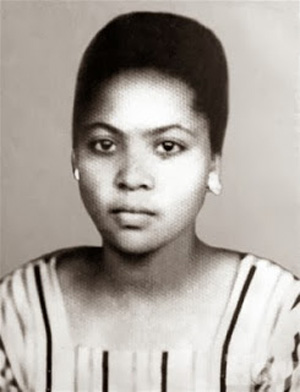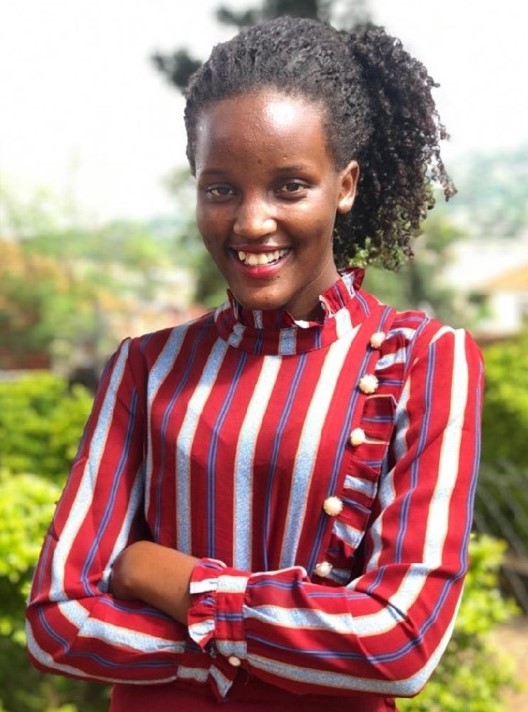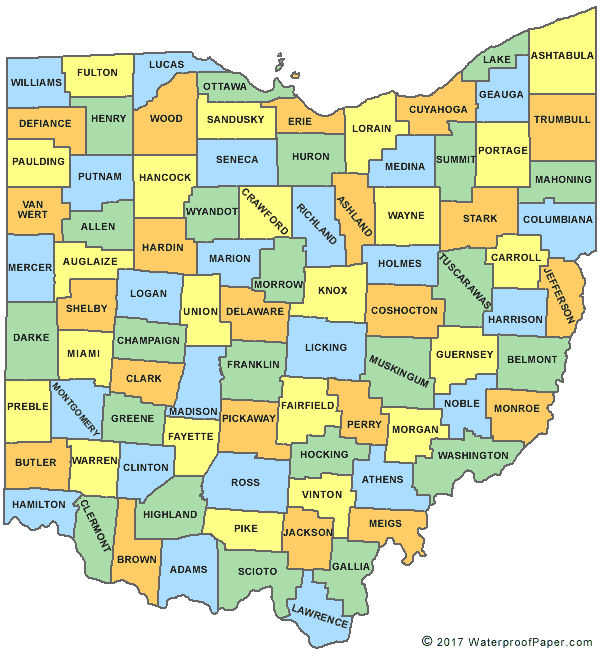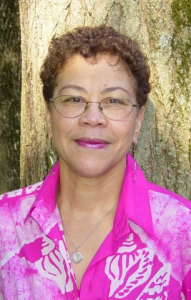Dr. Gladys West is a mathematician whose calculations and computer programming helped construct a geoid (a mathematical model of the earth’s shape). West’s modeling directly contributed to the ubiquitous use of the global positioning system (GPS) today.
Born on October 27, 1930, Gladys Mae Brown resided in Sutherland, Virginia in rural Dinwiddie County. Her parents owned their small farm and West picked corn, cotton, and tobacco from the time she was young. Early on, West’s teachers encouraged her love of mathematics, which she pursued as a path out of agricultural work. As valedictorian of her high school class, she earned a full scholarship to Virginia State College (now Virginia State University).
After graduating in 1952, West applied for a host of government jobs. In a field dominated by white men in a segregated state, her efforts were initially unsuccessful. Instead, West taught mathematics in Martinsville, Virginia, while pursing graduate work. In 1955, she received a master’s in mathematics from her alma mater. She continued to apply to government jobs and received her first offer from the U.S. Naval Weapons Laboratory in Dahlgren, Virginia in 1956, where she worked until retirement in 1998.
At Dahlgren, West was the second Black woman hired and the fourth Black employee. Another Black mathematician on base, Ira V. West, became Gladys Brown’s husband in 1957; they recently celebrated their 60th wedding anniversary. West and her husband raised three children, took part in social life on the base, and attended a local Baptist church. They maintained their jobs, family, and social commitments by employing a full-time housekeeper.
After some training in computer programming, West’s work at Dahlgren began with the Naval Ordinance Research Calculator (NORC). In 1962 she helped program NORC for Project 29V, which established the motion of the planet Pluto relative to Neptune, through 5 billion arithmetic calculations and 100 hours of computer calculation. In 1964 the Navy recognized Project 29V with a merit award. After that, West focused on calculations for satellite orbits.

SEASAT
Public Domain Image
In 1978, West was project manager for SEASAT, the first earth-orbiting satellite designed for remote sensing of the Earth’s oceans; her group used it to measure ocean depths. This project led to the GEOSAT satellite, which used SEASAT and other data to create highly accurate computer simulations of the earth’s surface. In 1986, she published a guide outlining the use of GEOSAT data for calculating geoid heights. West’s work made the accuracy of today’s GPS possible. Colleagues noted her mathematical brilliance particularly with algorithms, which created efficiencies that transformed calculation timetables.
West continued her education throughout her career at Dahlgren, earning a second master’s degree in public administration in 1973 from the University of Oklahoma. After retirement and at 70 years old, West completed her PhD in public administration through the Virginia Polytechnic Institute.
On February 26, 2018, the Virginia Senate passed a joint resolution formally commending “Gladys West for her trailblazing career in mathematics and vital contributions to modern technology.” On December 6, 2018, the Air Force inducted West into the Space and Missiles Pioneers Hall of Fame. West continues to speak to elementary students about the importance of studying science, technology, engineering and mathematics.




















